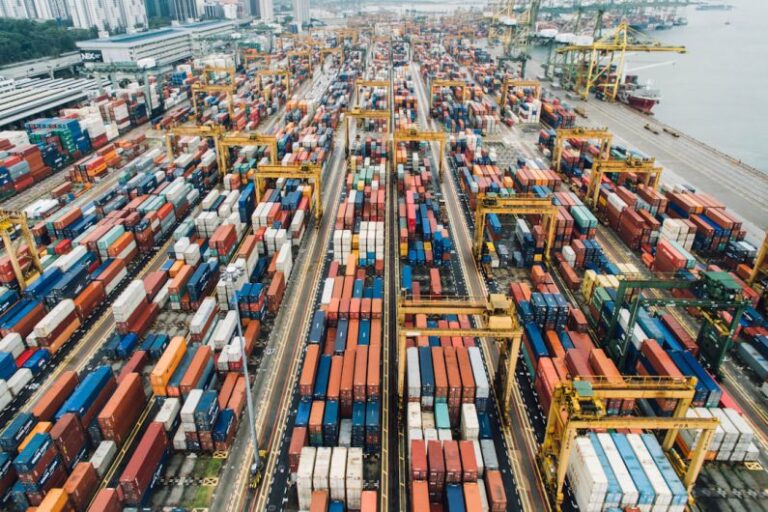Trends in Sustainable Packaging and Logistics
Sustainability has become a key focus for businesses across various industries, with a particular emphasis on packaging and logistics. As environmental concerns continue to rise, companies are increasingly seeking innovative ways to reduce their carbon footprint and minimize waste. In this article, we will explore the latest trends in sustainable packaging and logistics that are shaping the future of the industry.
Eco-Friendly Materials
One of the most significant trends in sustainable packaging is the shift towards eco-friendly materials. Traditional packaging materials such as plastic and Styrofoam are being replaced with biodegradable options like compostable plastics, paper-based packaging, and plant-based materials. These alternatives not only reduce the environmental impact of packaging but also appeal to environmentally conscious consumers who are increasingly looking for eco-friendly products.
Reusable Packaging Solutions
Another emerging trend in sustainable packaging is the adoption of reusable packaging solutions. Reusable packaging not only reduces waste but also lowers costs associated with traditional single-use packaging. Companies are exploring options like reusable containers, pallets, and packaging materials that can be used multiple times, thereby reducing the amount of packaging waste generated throughout the supply chain.
Minimalist Packaging Design
Minimalist packaging design is gaining popularity as companies look to streamline their packaging and reduce excess materials. By focusing on essential elements and eliminating unnecessary packaging layers, companies can not only reduce waste but also create a more aesthetically pleasing and memorable product experience for consumers. Minimalist packaging design also aligns with the growing trend of sustainable living, appealing to consumers who value simplicity and eco-consciousness.
Supply Chain Optimization
In addition to sustainable packaging, companies are also focusing on optimizing their logistics and supply chain operations to reduce their environmental impact. This includes initiatives such as route optimization, energy-efficient transportation, and the use of alternative fuels to reduce carbon emissions. By implementing sustainable logistics practices, companies can lower their overall environmental footprint and contribute to a more sustainable future.
Reverse Logistics and Circular Economy
Reverse logistics, which involves the return and recycling of products and packaging materials, is becoming an integral part of sustainable supply chain management. Companies are implementing take-back programs and recycling initiatives to recover and reuse materials, thereby moving towards a circular economy model where resources are kept in use for as long as possible. By closing the loop on product and packaging lifecycles, companies can reduce waste and promote a more sustainable approach to business operations.
Collaborative Partnerships
Collaborative partnerships are playing a significant role in driving sustainability initiatives in packaging and logistics. Companies are partnering with suppliers, manufacturers, and logistics providers to develop innovative solutions that reduce waste, lower emissions, and improve overall sustainability performance. By working together towards common sustainability goals, companies can leverage collective expertise and resources to drive positive change across the supply chain.
A Greener Future
As consumer awareness of environmental issues continues to grow, the demand for sustainable packaging and logistics solutions will only increase. Companies that embrace these trends and prioritize sustainability in their operations will not only reduce their environmental impact but also gain a competitive edge in the marketplace. By adopting eco-friendly materials, reusable packaging solutions, minimalist design, supply chain optimization, reverse logistics, and collaborative partnerships, businesses can pave the way for a greener and more sustainable future.
In conclusion, the trends in sustainable packaging and logistics are shaping the future of the industry, driving innovation and promoting environmental stewardship. By embracing eco-friendly practices and working towards a circular economy model, companies can reduce their environmental footprint and meet the growing demand for sustainable products and services. As businesses continue to prioritize sustainability, the industry will undoubtedly see further advancements in packaging and logistics that benefit both the planet and future generations.






